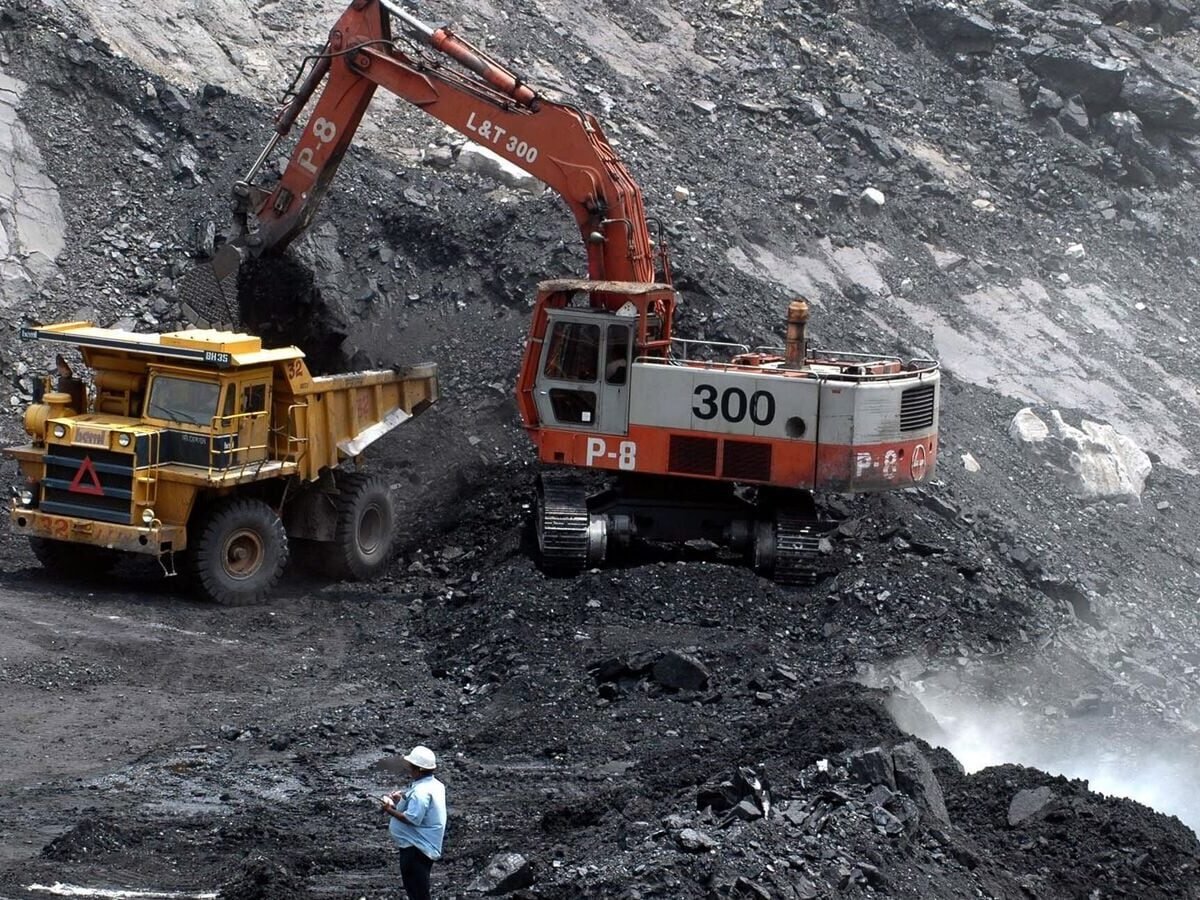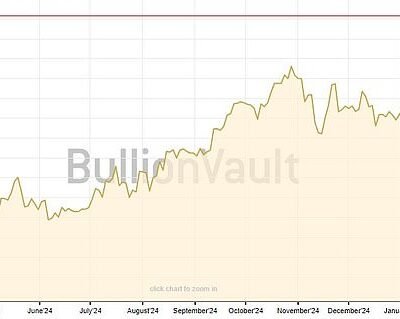The race to analyse each of these stocks in detail has already begun, and today we’ll be throwing our own hat in the ring.
Of all the stocks PPFAS has purchased of late, the one that has raised the most eyebrows is Coal India. On the face of it, this seems like a good buy. The stock is down almost 30% from its 52-week high and has an attractive dividend yield of 6.4% at its current price. What’s more, the balance sheet remains rock-solid with almost zero debt.
Results in recent years have also been quite good, with the company consistently notching profits in excess of ₹30,000 crore as opposed to the ₹16,000-17,000 crore it used to earn earlier.
Why PE multiples don’t tell the full story
Now, let’s put aside Coal India for a bit and focus on another company. Let’s call it ‘Company H’.
‘Company H’ is also the biggest player in its industry, much like Coal India. It also has zero debt and pays out the majority of its profits as dividends.
However, Coal India has a better average return on equity over 5 and 10 years. Besides, Company H’s profits haven’t doubled over the past few years like Coal India’s have.
If given a chance to pick one, which stock would you buy? Would you invest in Coal India as it has better return profile and growth numbers, or would you hitch your wagon to Company H based purely on past and present performance?
Well, here comes the kicker. Company H commands a price-to-earnings (P/E) multiple that’s more than seven times that of Coal India. Yes, investors are willing to pay seven times more for every rupee of profit earned by Company H as compared to Coal India.
Now, before we go further, let’s reveal the name of Company H.
It’s none other than the FMCG behemoth Hindustan Unilever. Its stock trades at a P/E multiple of 50, compared to 7 for Coal India. Why this huge divergence, you may ask. Why, despite better past and present performance, is Coal India trading at such a huge discount to Hindustan Unilever?
The answer is Mr Market values future performance more than it does past performance. As far as the future is concerned, Hindustan Unilever seems to be on much more solid footing than Coal India.
Also read | Promoter pledging: A silent warning for investors?
One of the main reasons is earnings visibility or the existence of the business itself. There’s a strong chance that 10 years from now, Hindustan Unilever will still be around, and earning significantly higher profits. This greater certainty is worth its weight in gold for investors and one of the main reasons it commands a huge premium over Coal India.
Coal India’s past and present may have been great, but its future doesn’t look as bright, given India’s shift towards renewables and coal’s reputation as a polluting source of energy. Besides, it is a public-sector company and thus exposed to the risk of having shareholder interests sacrificed at the altar of populism or vote-bank politics. Put differently, Coal India’s management has a tendency to steer the company in a direction that does not maximise shareholder wealth.
Rumours of coal’s death have been greatly exaggerated
Having said that, both these concerns may be seen as blown out of proportion. For one, Coal India is going nowhere for now as the majority of our power will continue to be generated through coal-fired power plants for some time to come.
In fact, the government plans to increase India’s thermal power capacity by more than 80 GW over the next six or seven years. This means Coal India has a good shot at not only maintaining its profit numbers but also growing them at a decent clip.
And while it may carry additional risks as a PSU, there’s no denying that it is a giant monopoly with a rock-solid balance sheet and a consistent, liberal dividend payouts.
Also read: What China’s CEO meet means for India’s top semiconductor stocks
Over a 10-year period, Coal India stock has commanded a median PE multiple of 8 and a median price-to-book-value (PBV) multiple of close to 4. Its PE is currently around 7 and its PBV multiple is close to 2.5.
For a company like Coal India, which has cyclical earnings, valuing the stock based on price to book is more apt. Based on this metric, the valuation doesn’t look all that demanding.
Is Coal India a 10-year bet or more like a 2-3 year bet where you make 50-100% and move on? Is this the right time to invest in the stock or should you wait for it to fall further?
Well, there are never any clear answers to such questions. It is all about risk and reward – that is, minimising your downside and buying with a margin of safety.
We’ve laid out the facts and tried to interpret them through the lens of our experience and framework.
The final call is yours.
Happy investing!
Also read: FIIs are betting on these small-cap stocks—should you?
Disclaimer: This article is for information purposes only. It is not a stock recommendation and should not be treated as such.
This article is syndicated from Equitymaster.com





